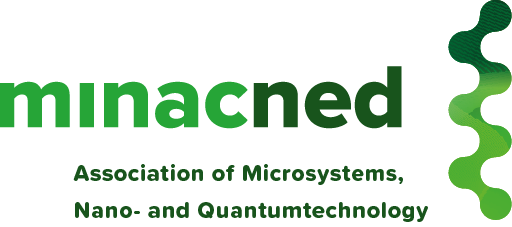An innovation project can be a great idea, without preliminary testing it can still fail. This is why you can apply for a grant to map the technical and economic risks. The feasibility project is one of the instruments of the SME innovation stimulation Region and Top Sectors (MIT). In addition to MIT feasibility subsidy, you can also apply for subsidy for MIT cooperation projects.
Which projects are eligible for subsidy?
Grants are provided to SMEs to carry out an MIT feasibility project. An MIT feasibility project consists of a feasibility study or possibly a combination of a feasibility study, industrial research and/or experimental development. Note that at least 60% of the costs of the MIT feasibility project consists of a feasibility study.
MIT Feasability study
A feasibility study mainly consists of desk research. Building a prototype is therefore not covered by the eligible costs of an MIT Feasibility Study. When you combine a feasibility study with experimental research, the development of a prototype is eligible. In an MIT Feasibility Study you can think of:
- Literature review
- Patent search
- Inventory of available technologies and potential partners
- Market survey
- Competition analysis
Experimental development
Do you want to develop new services, products or processes or improve existing ones? In contrast to a feasibility study, the development of a (commercially useful) prototype in experimental development is eligible.
Industrial research
This is about acquiring new knowledge and skills through research, which can be used to improve or develop products, processes or services.
How much is the subsidy?
The subsidy amounts to 40% of the eligible costs up to a maximum amount of € 20,000 per feasibility project.
New round 2021
SMEs that research or develop new innovations are expected to be able to apply for a subsidy via the MIT scheme from 13 April.
Source: DP&P news





Leave a Reply
Want to join the discussion?Feel free to contribute!